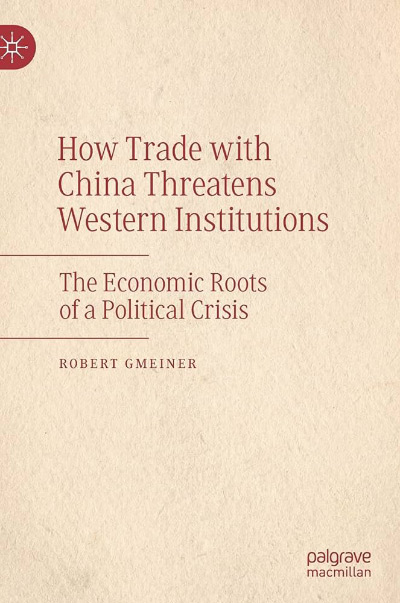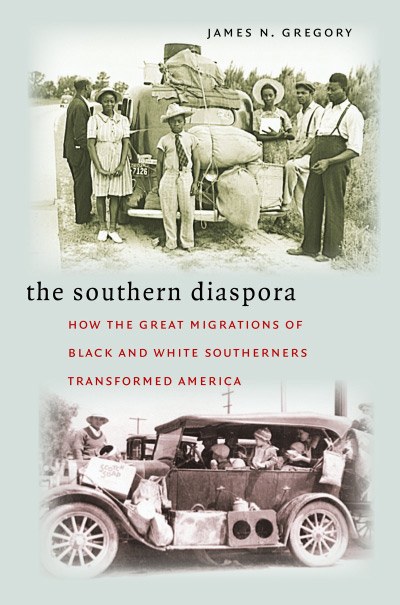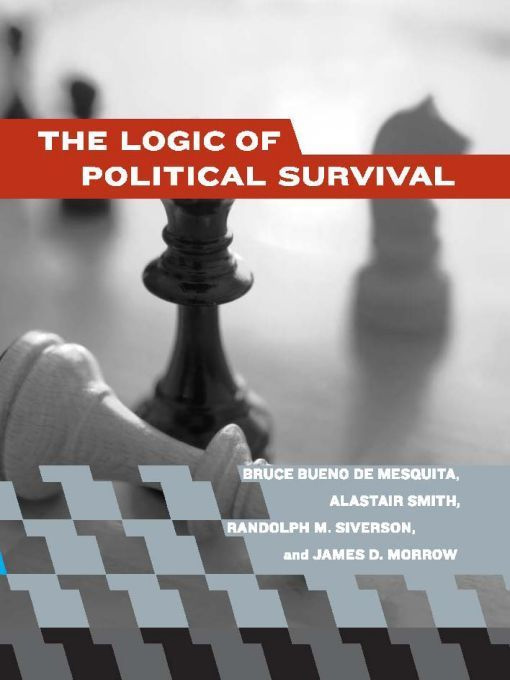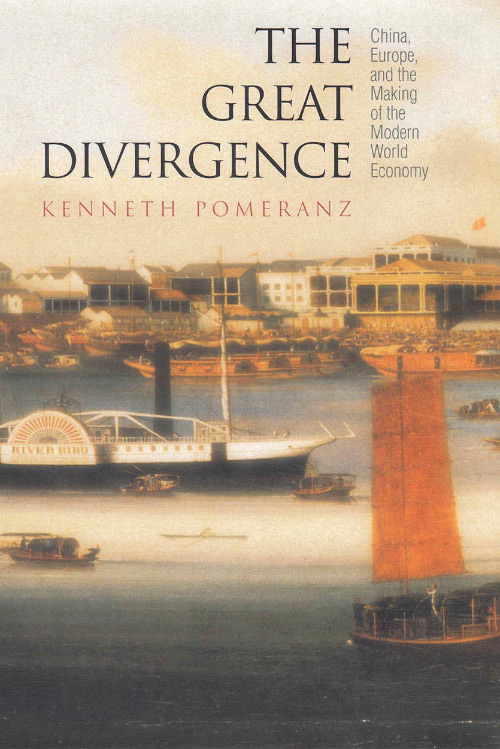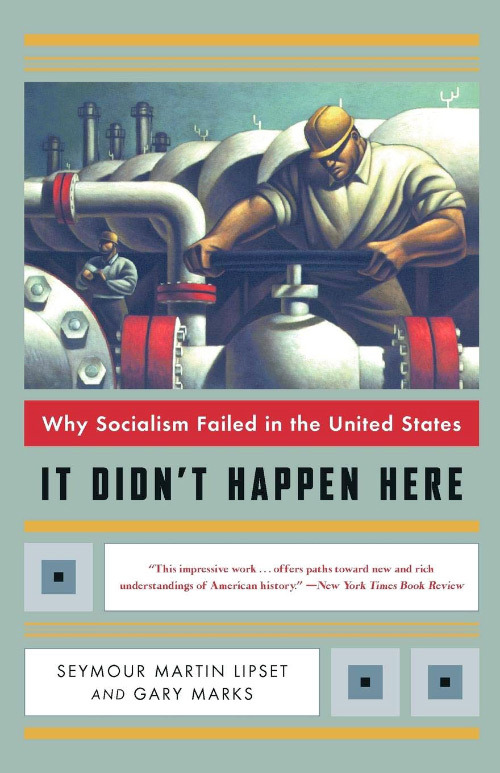Our globalized world and the prosperity it has offered to so many is amazing, but it is an aberration in world history. “Aberration” does not mean “culmination,” and this interconnected, materially prosperous world is on a shaky foundation that may be about to crumble, or so writes Peter Zeihan. For those who want to know how a deglobalized future will look and how it will transpire, Zeihan’s The End of the World Is Just the Beginning: Mapping the Collapse of Globalization is a necessary read. “Tacit knowledge” are the two words that first came to mind as I tried to describe it, and Zeihan demonstrates a lot of it. He clearly has been immersed for years in the relevant subject matter and his book is an impressive work that pulls a lot of it together succinctly. This book is for anyone—academic, professional, or interested lay reader—who wants a deeper understanding of geopolitical and demographic changes currently at work. It’s hard to be positive about the decline of the prosperity that we are accustomed to, and the book’s tone is indeed pessimistic at times. Perhaps, indeed hopefully, the future won’t be as dire as Zeihan predicts, but he isn’t superficial, and he doesn’t mince words.
The causes of deglobalization center on two main factors and several subordinate ones. The two main factors are demographic pressures from an inverted population pyramid, and what Zeihan calls “the Order” (pp. 36 – 41, 55). The Order refers to the post-Bretton Woods arrangement in which America agreed to issue the world’s reserve currency and support free trade, but more importantly, the security guarantee that America gave the free world. Not only did America lead the Cold War and ensure peace among its allies, but it also patrolled shipping lanes at its own expense and with its own Navy. In so doing, it created an environment for globalized production and hyperspecialized local economies. Soon, first western Europe and North America, and then east Asia, were thriving. Few if any countries were self-sufficient. To be sure, this benefited America, but Zeihan makes clear that it was at America’s behest and America’s expense. The rest of the world has benefited more than America.
As for inverted population pyramids, an aging population promises more consumption, less productive potential, and much strain on government resources. Demographic pressures will stifle the trade that has made this globalized world possible. East Asia will lose its manufacturing capabilities as its population grays. Moreover, its cities will hollow when a breakdown of the order chokes off access to imported industrial materials and export markets, a problem that will hit western Europe, especially Germany, as well. These problems will affect much of the world except sub-Saharan Africa, which is one place that benefited less from globalization. Zeihan’s overview of capitalism, socialism, and other systems has some incorrect definitions (pp. 70 – 71). Though noticeable, these should be overlooked because the book shows a keen understanding of each system’s weakness and future ramifications. The mischaracterization is an esoteric superficiality.
Geographies of success are a prominent part of the book, but they are subordinate to demographic pressures and the breakdown of the Order. Geography will determine which places succeed in the deglobalized world when these two main factors have done their damage. Zeihan begins with a thorough but elegant overview of history to build a case for geographies of success. “Successful” geography has depended on the technology of the day. Despite many advances, water is still the most efficient way to move goods. Internal rivers were once key to economic success, but with container shipping and the Order’s peaceful seas, any place could succeed regardless of geography. Globalized trade and production replaced conquest and exploitation as the way to deal with a less-than-favorable geography.
In economics, Jeffrey Sachs and Daron Acemoglu have led opposing factions that argue that geography and institutions, respectively, matter more for prosperity. Zeihan builds a compelling case that geography really does matter, but that it may be secondary to institutions. The American-led Order let far-flung places blossom and grow economically, but before that happened, geography mattered. When deglobalization is over, geography will matter most yet again. Without this global security structure, an inclusive global institution, the trade-facilitated global prosperity will fall apart, and inclusive national institutions won’t save it.
As deglobalization happens, the western hemisphere, and North America in particular, will be fine. With abundant raw materials, energy, and agricultural potential, North America has long been less dependent on trade than its trading partners on other continents. Protected by vast oceans on either side, it is less prone to attack. In the United States, an extensive network of rivers makes commerce easy. Many other countries lack this blessing.
An analysis of economic sectors comprises the bulk of the book, with an entire section dedicated to each of transportation, finance, energy, industrial materials, manufacturing, and agriculture. In all cases, the Order has determined the global structure of each sector, and each sector will change in its own way in the post-Order world. Intricate, global supply chains will crumble without frictionless transportation. To understand this, one should read Zeihan’s book alongside Marc Levinson’s The Box: How the Shipping Container Made the World Smaller and the World Economy Bigger (2016, Princeton: Princeton University Press). Levinson’s book deservedly attracted much acclaim for explaining the “what” that made this consumer-friendly globalized world possible. Zeihan explains the “why,” specifically the Order. Take that “why” away, and Levinson’s “what,” the simple 40-foot metal box, suddenly becomes irrelevant.
The Order came about during the time of the Bretton Woods conferences, which engineered a capital-scarce world. After the Nixon shock in 1971, unanchored fiat currencies made capital abundant, and investment boomed. Debt-driven growth has been a problem in Europe and America, but it is most severe in east Asia, where Zeihan calls it the “hyperfinanced model” of development. Exports kept it afloat, but China’s own capital controls showed a lack of confidence in long-term competitiveness. Though China is in the worst shape, east Asia’s other industrial centers are at risk, needing a nonexistent younger generation to take the reins. These financial issues are more a matter of basic arithmetic than complicated analysis.
In looking at industrial sectors, Zeihan delves into history for examples and offers hypothetical future scenarios as analogues. Much of these are conjecture, and the world has a lot of uncertainty, so perhaps reality won’t be as grim as predicted. This reliance on conjectures is the only major, though unavoidable, weakness of the book. At the same time, Zeihan’s thorough analysis of history makes the conjectures plausible and even compelling.
Continuing down the list of sectors, energy production and use will see some major global shifts, and we’ve already seen some preludes during the Russia-Ukraine conflict. The world’s fossil fuel infrastructure depends on the Order (for safe transportation at sea and in pipelines) and on local specialized economies (for refining). The world depends on fossil fuels, and there is no viable alternative because “green” energy is not practical for the world’s needs, we don’t have enough of the “right” geography for it, and because it too isn’t immune to geopolitics and the breakdown of the Order. Moreover, these alternatives aren’t even very “green,” which he details. Although he emphasizes our continued dependence on oil, Zeihan is clearly not an anti-environmentalist, and he doesn’t want to trash the environment. He writes from a keen understanding of geopolitics and tradeoffs, and his signature irreverent style keeps him from being dogmatic.
Industrial materials may be imperceptible to the average consumer, but rare materials find their way into seemingly everything. Relocating production to be close to consumption won’t keep our prosperity going if distantly located materials cannot be sourced. Zeihan goes as far as to say that challenges over access to raw materials will be the undoing of the Order as countries fight over what they need, but lack within their own borders. Naval power will matter, and the United States will do fairly well for itself as will Japan.
As for manufacturing, just-in-time production was a cost-saving innovation that relied on frictionless transportation. It was so frictionless that labels of “origin” indicated the place of final assembly, but it was possible that few or no components originated there. As just-in-time breaks down, east Asia will collapse due to demographic pressures that make it nearly impossible to produce locally for the needs of an aging population. China may not be able to get foreign inputs for “made in China” goods. The section on manufacturing details the rest of the world’s problems and culminates with an explanation of North America’s future place as the world’s most productive manufacturing center. There will be speed bumps along the way, and users of smartphones and other electronics will have a rough go of it for a while, but the rest of the world is in worse shape.
Agriculture is in for some upheaval too, and countries that import most of their food will suffer immensely. Zeihan predicts about one billion will starve and another two billion will be malnourished. Asia’s megacities have consumed great farmland, and that doesn’t bode well as the Order collapses. Even with a graying population, China will have many mouths to feed for years to come. Zeihan’s goes so far as to suggest China de-urbanize and return to low-level gardening and basic agriculture to maintain food security, a suggestion that seems eerily reminiscent of Pol Pot in Cambodia. Perhaps silently recognizing this, he does say it will be “nowhere near enough to head off famine” but that it might “preserve the concept of China as a political entity” (p. 426).
True to his rational, non-dogmatic ways, Zeihan discusses climate change and its widely varying effects, good and bad, throughout the world. The American Midwest, which is already a breadbasket, will benefit from it. Many other places will suffer, including some parts of America. Though he repeatedly hails the United States as the best-positioned country for the coming troubles, he is not so narrow-minded as to say that climate change benefits the whole country like it does the Midwest.
Realism and competence are hallmarks of Zeihan’s book. Hopefully, the dire predictions don’t come true, but it is tough to argue with any of the book’s premises. As he writes, “Geography does not change. Demographics do not lie. And we have a historyful of history as to how countries and peoples react to their environment” (p. 473). There may be some time left before things really turn sour, but the time for meaningful action has passed, for which Zeihan denigrates American presidents of both parties. Whether the conjectures materialize or not, the book eloquently and elegantly brings many very real issues to the forefront, as imperceptible as they may seem to one who is not carefully observing, they are painfully real, and I recommend this book for anyone with even the slightest interest in these issues.
| Other Independent Review articles by Robert Gmeiner | |
| Summer 2024 | Research Diversity, Disruptive Science, and Scientific Consensus |




